Treatment with the help of the patient’s own information
in the BICOM® mobile VET bioresonance device
In contrast to other “frequency therapy devices”, BICOM® bioresonance is a method that is highly individual and perfectly tailored to the needs of the patient through the use of the patient’s own information and the possibility of testing specific wave patterns for resonance.
The patient’s own pathological and physiological information is recorded using special applicators and fed into the BICOM® mobile VET.
Depending on the therapy program, the specific wave pattern as a carrier of information is amplified, weakened or inverted and transmitted back to the patient in modulated form, which means that the transmission of information changes in clarity depending on the modulation or it disappears completely.
The treatment signals continuously adapt to the changing pathological situation of the patient. As the therapy progresses, the body’s ability to regulate is reactivated.
Find out more about this topic at our regular events. Together with veterinarians and animal naturopaths, we offer various face-to-face and online events .
The BICOM® bioresonance method is a cause-oriented, holistic treatment concept. It can narrow down the cause of the health problem in animals and find out even the hidden causes of the clinical picture.
Animals have a natural regulatory system that can also compensate for unusual influences. However, even good self-healing powers eventually reach their limits. Persistent exposure to allergens, environmental toxins, fungi, viruses, bacteria or stress and changed living conditions weaken the immune system and are often the cause of an illness. In particular, fungal infestation on the skin or chronic diseases in general are not always due to a breeding-related genetic defect, but are signs of a disturbed immune system.
The BICOM® bioresonance method is the key to successful diagnosis and therapy, especially for animals that cannot tell us exactly where it hurts or what the symptoms are. It is a gentle form of therapy that can be carried out without side effects and without additional stress for the animal.
The BICOM® mobile VET records the bioenergetic state of the animal, processes the information it contains and returns modified vibrations / therapy frequency patterns to the animal. Symptoms and stress can be diagnosed and targeted therapy can be initiated.
Through the use of endogenous and exogenous substances, the body’s own self-healing powers can be activated and imbalances that have existed for a long time can also be regulated.
REGUMED Medizintechnik are pioneers of the BICOM® bioresonance method. More than 30,000 therapists worldwide, well over 10,000 of them in Germany, successfully use their therapy concept.
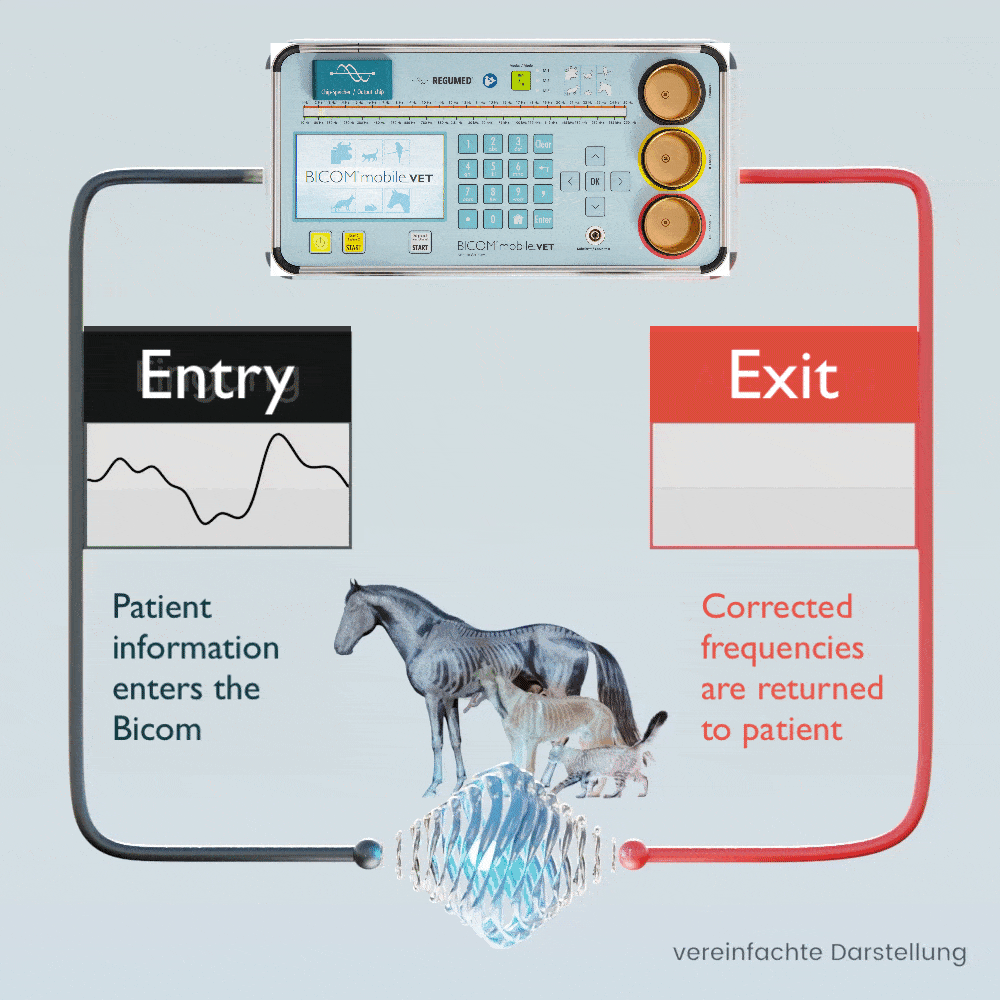
Biophysical basics of the bioresonance method
Life is only possible when three conditions are met: matter, energy and information.
We also find these aspects in conventional medicine, both in diagnostics and in therapy. For example, every drug is also a carrier of information.
Information is neither energy nor matter, it is immaterial and comparable to the meaning of a message from a sending to a receiving system.
In addition to the electrical processes in the receptor proteins and biomembranes in general, electromagnetic interactions through light (biophotons) also play a role in cell communication and the transmission of information.
Specific electromagnetic wave patterns act as information carriers. These wave patterns can be modulated by the BICOM® device in order to eliminate disturbing or stressful information in an organism.
The goal is to restore the free flow of healing information (cell communication) and thus support the self-regulation of the organism and the self-healing powers.
Individual, patient-specific information or information from native substances, digitized substances or information stored on storage media can be used for therapy.
What your colleagues are saying…

Acute Ankle Joint Injury in Horses: Signs & Care
Acute Ankle Joint Injury in Horses: Causes, Symptoms, and Treatment
Understanding Acute Ankle Joint Injury in Horses
Acute ankle joint injury in horses occurs when the joint experiences sudden trauma or strain, leading to pain, swelling, and difficulty in movement. The ankle joint, also known as the fetlock, is a crucial part of a horse’s leg structure, allowing for flexibility and movement. Since horses rely on their legs for balance, speed, and agility, any damage to this joint can significantly impact their performance and overall well-being.
This type of injury is common among performance horses, racehorses, and even leisure horses that engage in activities requiring sudden stops, sharp turns, or jumping. Without proper care and immediate intervention, acute ankle joint injuries can lead to chronic joint problems, arthritis, or permanent lameness. Understanding the causes, symptoms, and treatment options can help in ensuring a swift and complete recovery.
Causes of Acute Ankle Joint Injury in Horses
Acute ankle joint injuries can happen for several reasons. Some of the most common causes include:
1. Sudden Trauma or Accidents
Horses are large and powerful animals, and even a minor misstep can lead to injury. A sudden slip, fall, or collision with an obstacle can result in joint damage. Accidents during racing, jumping, or even routine training sessions can also put immense stress on the ankle joint, causing fractures, ligament tears, or joint inflammation.
2. Excessive Workload and Overexertion
Overworking a horse without proper conditioning or rest can strain the ankle joint. High-intensity training, frequent competitions, and repetitive impact on hard surfaces can weaken the joint over time. Horses that are pushed beyond their physical limits are at a higher risk of sustaining an acute ankle joint injury.
3. Uneven or Poor Ground Conditions
A horse’s footing plays a critical role in joint health. Running on uneven, rocky, or slippery surfaces increases the likelihood of stepping incorrectly, leading to sprains or joint dislocations. Soft, deep footing can also cause excessive strain, making it harder for the horse to maintain stability.
4. Improper Hoof Care and Shoeing
Hoof imbalance due to improper trimming or incorrect shoeing can place unnecessary stress on the ankle joint. If a horse’s hooves are not maintained correctly, weight distribution becomes uneven, increasing the chances of injury. Proper farrier care is essential for preventing joint issues.
Signs and Symptoms of Ankle Joint Injury
Recognizing an acute ankle joint injury in horses early is crucial for effective treatment. Some of the most common symptoms include:
1. Lameness or Difficulty Moving
A horse with an injured ankle joint may struggle to walk, trot, or canter properly. Depending on the severity of the injury, lameness can range from mild stiffness to the complete inability to bear weight on the affected leg.
2. Swelling and Inflammation
The injured joint may appear swollen due to fluid accumulation or inflammation. Swelling is often accompanied by heat in the area, indicating underlying tissue damage.
3. Pain and Sensitivity
Horses experiencing pain in the ankle joint may react negatively when the area is touched. They might flinch, pull away, or even resist movement when asked to walk or turn.
4. Stiffness and Reduced Range of Motion
Ankle joint injuries often lead to stiffness, making it difficult for the horse to bend or flex the joint properly. This can be observed when the horse struggles to lift its leg or appears stiff when moving.
5. Unwillingness to Perform Usual Activities
A horse with an ankle injury may show reluctance to jump, gallop, or engage in activities it previously performed with ease. Changes in behavior, such as aggression, resistance, or unusual laziness, can also be indicators of pain.
How Veterinarians Diagnose Ankle Joint Injuries
To confirm an acute ankle joint injury in horses, veterinarians use a combination of clinical examination and diagnostic tools. Some of the most common methods include the following:
1. Physical Examination
A vet will assess the joint by palpating the area to check for swelling, warmth, and signs of pain. The horse’s gait will also be observed to determine the level of lameness.
2. X-Rays and Imaging Tests
X-rays help identify fractures, dislocations, or bone abnormalities in the ankle joint. In cases where soft tissue damage is suspected, ultrasound imaging may be used to examine ligaments and tendons.
3. Joint Fluid Analysis
If an infection or inflammatory condition is suspected, a sample of the joint fluid may be collected for analysis. This can provide valuable information on the presence of infection, inflammation, or joint degeneration.
Treatment Options for Acute Ankle Joint Injury in Horses
The treatment approach depends on the severity of the injury. Some of the most effective treatment methods include:
1. Rest and Stall Confinement
Rest is one of the most important aspects of recovery. Limiting movement allows the joint to heal properly and prevents further damage. Stall confinement or controlled turnout may be necessary for several weeks.
2. Cold Therapy and Ice Packs
Applying cold therapy in the initial stages of injury can help reduce inflammation and swelling. Ice packs or cold water therapy should be used for short periods throughout the day.
3. Anti-Inflammatory Medications
Veterinarians often prescribe non-steroidal anti-inflammatory drugs (NSAIDs) to manage pain and reduce swelling. These medications should be used under veterinary supervision to avoid side effects.
4. Supportive Bandaging and Bracing
Wrapping the ankle joint with supportive bandages can provide stability and prevent excessive movement. In some cases, specialized braces may be used to offer additional joint support.
5. Physical Therapy and Rehabilitation
Once the initial inflammation has reduced, controlled physical therapy exercises help restore joint mobility and strength. Simple hand-walking, stretching, and gradual reintroduction to work can aid in full recovery.
6. Surgery for Severe Cases
For severe injuries such as fractures, torn ligaments, or joint instability, surgical intervention may be required. Procedures such as arthroscopic surgery can help repair damaged tissues and improve joint function.
Preventing Acute Ankle Joint Injuries in Horses
Although injuries are sometimes unavoidable, preventive measures can significantly reduce the risk. Horse owners and trainers should follow these guidelines:
Ensure regular hoof trimming and proper shoeing to maintain joint balance.
Train on safe, even surfaces to prevent accidental slips and falls.
Implement warm-up and cool-down routines before and after exercise.
Avoid excessive workload and gradually increase training intensity.
Monitor for early signs of discomfort and address minor issues before they worsen.
The Role of Nutrition in Joint Recovery
Proper nutrition plays a crucial role in healing an acute ankle joint injury in horses. A diet rich in vitamins, minerals, and joint-supporting supplements can accelerate recovery and strengthen connective tissues. Key nutrients that aid in joint repair include:
Omega-3 Fatty Acids: Found in flaxseed and fish oil, omega-3s help reduce inflammation and promote joint health.
Glucosamine and Chondroitin: These compounds support cartilage repair and improve joint lubrication.
Vitamin C and E: These antioxidants help in tissue repair and reduce oxidative stress on injured joints.
Calcium and Phosphorus: Essential for strong bones, these minerals help prevent further damage to the skeletal structure.
Feeding a balanced diet with high-quality forage, adequate protein, and joint-support supplements can enhance a horse's ability to recover and prevent future injuries.
Reintroducing Exercise After Recovery
Once a horse has healed from an acute ankle joint injury, a gradual return to exercise is essential. The process should start with hand-walking to restore mobility, followed by groundwork and stretching to improve flexibility. Low-impact workouts like slow trotting can help rebuild endurance while minimizing joint stress.
As recovery progresses, progressive training should gradually increase intensity to prevent reinjury. Monitoring for stiffness or discomfort is crucial, and adjustments should be made if needed. Consulting a veterinarian or equine physiotherapist ensures a safe and effective rehabilitation plan.
Conclusion
Acute ankle joint injury in horses is a serious condition that requires prompt attention and proper management. Early detection, accurate diagnosis, and appropriate treatment can significantly improve recovery outcomes. If a horse shows signs of pain, swelling, or lameness, seeking veterinary care immediately can prevent long-term complications. By following preventive strategies and providing consistent care, horse owners can help reduce the risk of injury and keep their horses healthy and active.
FAQs
1. What are the common causes of ankle injuries in horses?
Ankle injuries in horses are often caused by excessive strain, uneven terrain, poor footing, or sudden movements during exercise.
2. How can I tell if my horse has an ankle injury?
Signs include swelling, lameness, heat in the joint, and reluctance to bear weight on the affected leg.
3. Should I wrap my horse’s injured ankle?
Bandaging can provide support and reduce swelling, but it should be done correctly to avoid restricting circulation.
4. How long does it take for a horse’s ankle injury to heal?
Recovery time varies based on severity but can range from a few weeks for mild cases to several months for severe injuries.
5. Can a horse fully recover from an ankle injury?
With proper care, rest, and rehabilitation, many horses regain full mobility and return to their normal activities.
6. What treatments help speed up recovery?
Cold therapy, anti-inflammatory medications, controlled exercise, and joint supplements can aid in healing.
7. When should I call a vet for an ankle injury?
A vet should be consulted if there is severe swelling, persistent lameness, or no improvement after initial treatment.
8. Are joint supplements necessary for recovery?
Supplements like glucosamine and omega-3s can support joint health and aid in the healing process.
9. How soon can a horse return to work after an ankle injury?
Exercise should resume gradually, starting with hand-walking and progressing based on the horse’s recovery.
10. How can I prevent future ankle injuries in my horse?
Proper warm-ups, good footing, balanced nutrition, and avoiding excessive strain help reduce the risk of injury.
Treatment Priorities
For gentle and optimal treatment of the causes of diseases in animals
The BICOM® bioresonance method is predestined for use with large and farm animals such as horses , but also with dogs , cats and small animals. The treatment focus of the BICOM® mobile VET is wide-ranging. It is now used for many indications.
It recognises health deficits at an early stage and is used, among other things, for the following symptoms:
sweet itch
Feed intolerances
allergies and related diseases
COB/COPD
leishmaniasis
Lyme disease
anaplasmosis
lameness in horses
hoof ulcer
Poisoning by poisoned baits, plants etc.
mauke
Feline infectious peritonitis (FIP)
Cat flu/cat disease
eye/conjunctivitis
and much more
Get advice now!
Our experts are happy to be there for you personally
Our BICOM® bioresonance experts are available to answer any questions you may have
and will be happy to advise you personally and individually.

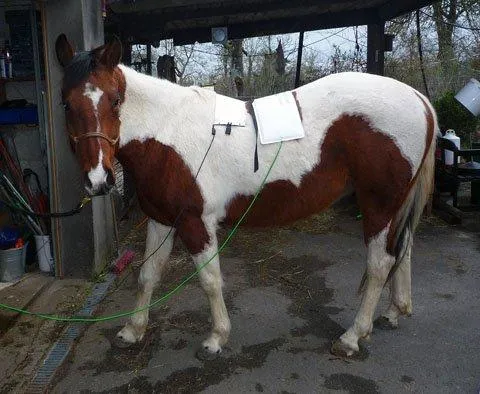

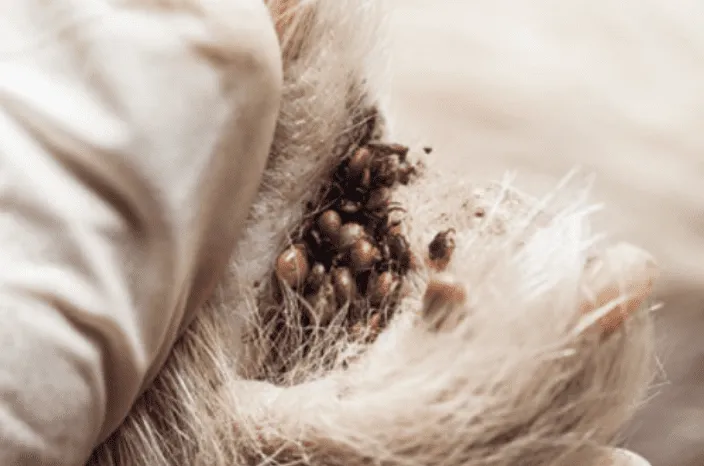
Request more information
Quick Links
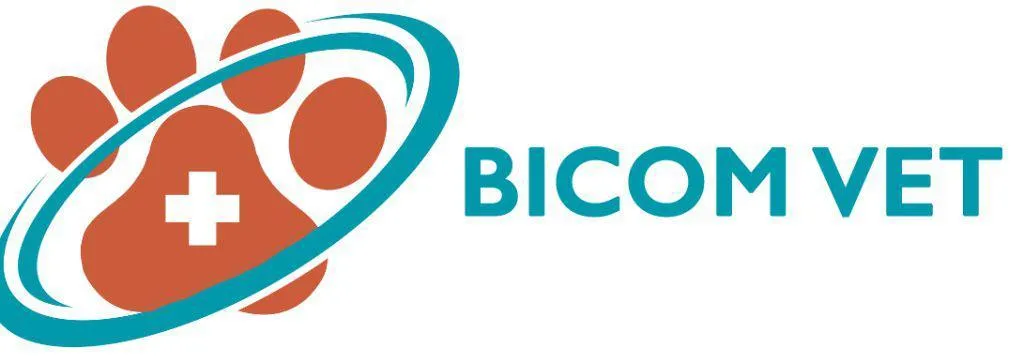
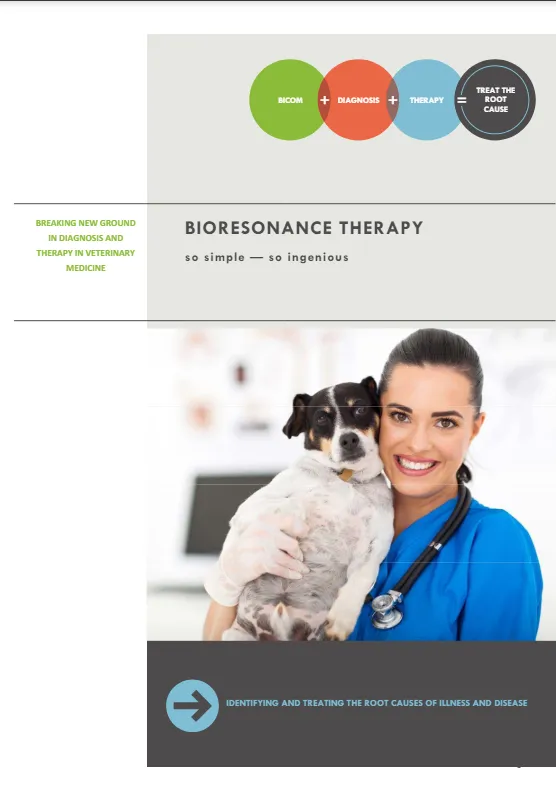


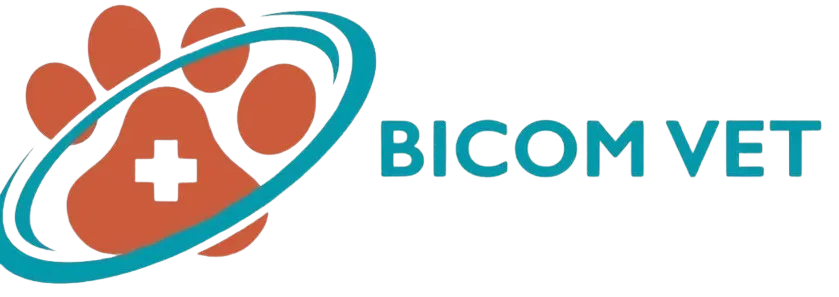
Facebook
Instagram
Mail